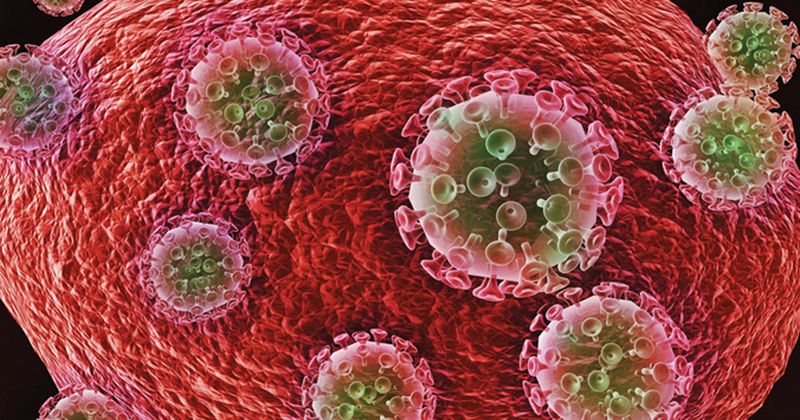Anal cancer screenings improve mortality among people with HIV
People with HIV are seeing increasing rates of anal cancer. However, those screened for anal cancer precursors were diagnosed at an earlier disease stage than unscreened individuals, resulting in better survival odds.
“Recently, an important study in the U.S., the ANCHOR study, showed that treatment of anal cancer precursor in people living with HIV prevents the development of anal cancer,” Ramon P. van der Zee, PhD, internal medicine resident in training in the department of pathology at Amsterdam University Medical Centers, told Healio.

“In the Netherlands, anal cancer screening is available for a subset of people living with HIV, and in the light of this new finding in the U.S., we were interested in recent trends in anal cancer incidence and the effect of screening on anal cancer incidence in people with HIV in the Netherlands,” he said.
Van der Zee and colleagues performed an observational cohort study, analyzing data from the ongoing nationwide Dutch AIDS Therapy Evaluation in the Netherlands cohort.
All consenting adults living with HIV in the Netherlands were included in the study and researchers identified all primary anal squamous cell carcinoma. They then reported temporal trends in incident anal cancer cases from Jan. 1, 1996, through Dec. 31, 2020, and all-cause and anal cancer-related mortality in individuals diagnosed with anal cancer.
Among 28,175 people receiving HIV care, nearly 60% of whom were identified as men who have sex with men (MSM), 227 primary anal cancer cases were identified.
The study demonstrated that despite the increasing average age of the cohort, crude incidence rates of anal cancer in MSM declined slowly over time, from 107 (95% CI, 75.7-147) per 100,000 person-years between 1996 and 2005 to 93.7 (95% CI, 75.3-115) per 100 000 person-years between 2013 and 2020.
Among non-MSM and women, crude incidence rates were “generally lower” than what was observed among MSM. However, they increased slightly over time from 51.08 (95% CI, 20.54-105.25) to 67.82 (95% CI, 40.83-105.91) per 100,000 person-years in non-MSM and from 8.09 (95% CI, 0.20-45.06) to 24.95 (95% CI, 10.03-51.40) per 100,000 person-years in women.
An age-adjusted analysis showed that a significantly lower incidence rate among MSM from 2013 to 2020 (RR = 0.62; 95% CI, 0.41-0.92) compared with those from 1996 to 2005. Researchers attributed this decrease over time to changes in risk factors — such as less smoking, cumulative exposure to a CD4 count of less than 200 cell/L and plasma HIV-1 RNA of greater than 1,000 copies/mL.
Additionally, 3,866 of 16,819 (23%) MSM participated in anal cancer screening at least once. According to the study, anal cancer-related mortality was 3.7% (95% CI, 0.5%-23.5%) in all men who had been screened and 24% (95% CI, 18.1%-31.3%) in men who had not been screened.
The researchers added that among all men, screening participation (HR = 0.31) and cumulative exposure to CD4 counts of less than 200 cells/L (HR = 1.11 per year) were independently associated with anal cancer-related mortality.
“Health care professionals should be aware of the rising incidence of anal cancer in men and women with HIV,” van der Zee said.
“Our finding that individuals with HIV who were screened for anal cancer precursors were diagnosed with anal cancer at an earlier disease stage than unscreened individuals, resulting in better survival, is an important justification for screening individuals living with HIV who are at greatest risk of developing anal cancer,” he said.
